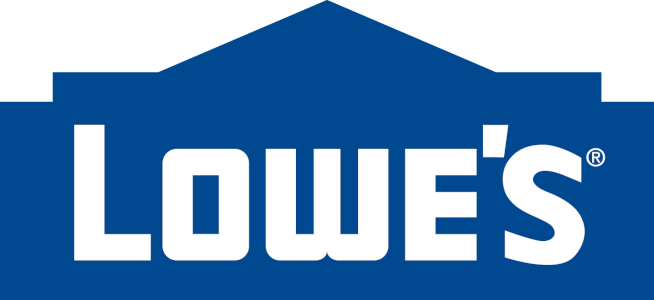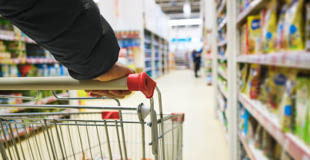Key Findings
- Lowe’s has a safer chemicals policy that includes a list of restricted chemicals. The company was the second major U.S. home improvement chain to adopt a safer chemicals policy. The policy restricts key toxic chemicals such as phthalates and flame retardants in products including flooring, paints, carpets and rugs, fiberglass insulation, and paint removal products.
- Lowe’s has demonstrated substantial leadership particularly by being the first home improvement chain to ban methylene chloride and NMP in paint removal products, although some suppliers have moved to regrettable substitutes. In January 2021, Lowe’s also became the first major retailer to ban PFAS in all fabric protection sprays, a significant new commitment.
- The company was one of the first home improvement chains to ban PFAS in indoor residential carpets and rugs and phthalates in flooring, commitments it has since followed through on.
Recommendations for Lowe’s
- Lowe’s should continue to implement its safer chemicals policy by expanding its beyond restricted substance list (BRSL) across key product categories; setting public quantifiable goals with clear timelines in the future for reducing and eliminating additional chemicals of high concern (CHCs); phasing out the use of any PFAS, ortho-phthalates, halogenated flame retardants, methylene chloride, and NMP that may be in other key product categories; and becoming a signatory to the Chemical Footprint Project and piloting it with key private label suppliers.
- The company should follow through on its ban of toxic paint strippers containing methylene chloride or NMP by also restricting regrettable substitutes, particularly those containing GreenScreen Benchmark-1 chemicals. Lowe’s should publicly disclose the alternatives used to replace CHCs after eliminating them.
- The company should also eliminate plastics of environmental health concern from its product and packaging materials and pilot the Health Product Declaration with suppliers.
Grade History
How does Lowe's compare to its competitors?
Analysis of Lowe’s
Oversight: Established management responsibilities and incentives
Disclosure: Requires suppliers to report use of chemicals in products to retailer
Action: Reduced or eliminated chemicals of high concern (CHCs) or plastics of environmental health concern (PEHCs) within the last three years
Safer Alternatives: Evaluates safer alternatives, avoids regrettable substitutes
Transparency: Demonstrates a commitment to transparency and public disclosure
Third-party Standards: Promotes credible third-party standards for safer products
Extra Credit:
Joint Announcement: Public commitment demonstrated through joint announcement
Continuous Improvement: Shows continuous improvement by steadily expanding safer chemicals policy
Collaboration: Actively participates in collaborative process to promote safer chemicals
Impact Investment: Investing financial resources into independent research into safer alternatives and/or green chemistry solutions


